Passengers always put their trust in pilots. However, pilots also have fears when flying. Pilot Patrick Smith revealed the part of flying a plane that scares him the most. In his book Cockpit Confidential , Patrick Smith admits: "For the most part, pilots are afraid of things they can't control."
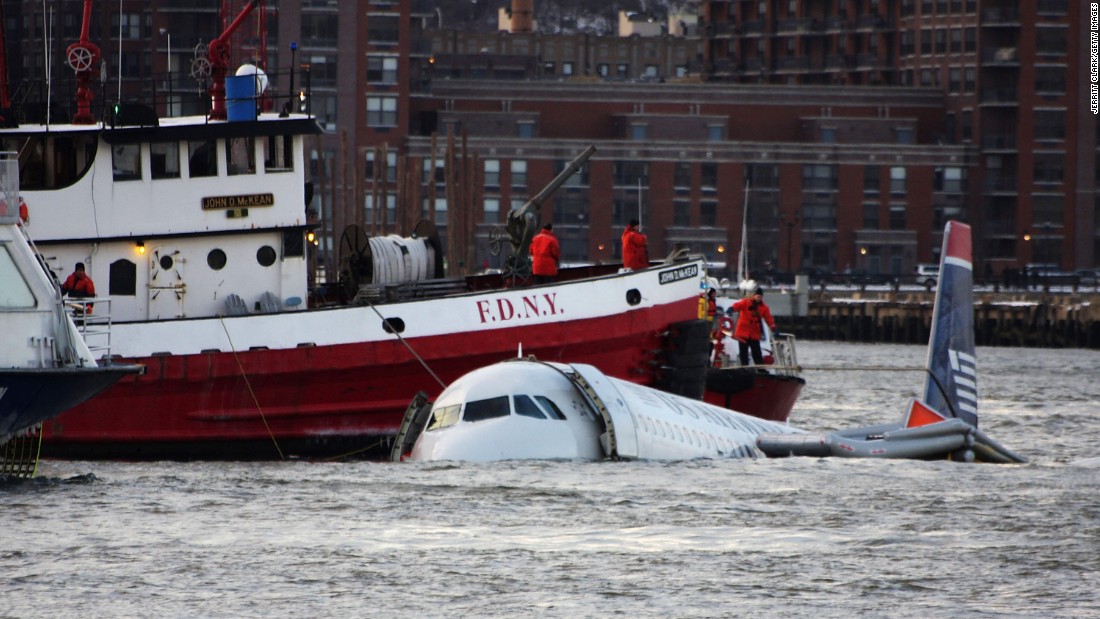
Plane Crash Caused by Bird on Hudson River
Pilot Smith listed the things he fears most because he cannot control them himself. "I put lithium battery fires (the batteries in mobile devices, cameras, etc.), bird strikes that damage the engine, serious mechanical failures, and ground collisions... at the top of my list of fears."
Bird strikes are common, but mostly result in little or no damage, Smith said. They are “sometimes dangerous.” The 2009 Hudson crash, for example, was the result of a flock of Canada geese colliding with US Airways Flight 1549.
"The heavier the bird, the more damage it can do. Birds don't clog engines, but they can warp or damage internal generators, causing power loss."
According to the US Federal Aviation Administration (FAA), the largest loss of life due to a bird strike occurred on October 4, 1960.
Eastern Air Lines Flight 375 struck a flock of European starlings as it took off. All four engines failed and the plane crashed into Boston Harbor. There were 62 fatalities.
As for “catastrophic mechanical failure,” Smith explains that this is “a cause of events such as flight control failure (loss of rudder, elevator or propeller control), structural failure due to metal corrosion…, which can render an aircraft unflyable.
Lithium batteries—found in many laptops and other devices—can quickly overheat and catch fire. “The danger is not a small fire in the passenger compartment that can be easily extinguished with a portable fire extinguisher, but the potential for a larger, inaccessible fire in the luggage compartment or cargo area,” Smith said.

Bird collision is the most haunting thing for pilots.
Smith also discusses aircraft collisions in his book. "Aircraft sometimes violate each other's airspace. Almost always, the error is detected and safeguards are put in place to minimize the risk. Today's aircraft are equipped with anti-collision technology on board."
He also cautioned that passengers should not try to read the crew's facial expressions, which could lead to fear. A flight attendant's glazed eyes could only be a sign of exhaustion, not fear.
“Anxious people tend to imagine some silent disaster about to happen, especially crew members pacing up and down the aisles and whispering to each other. In reality, passengers would be notified of any serious emergencies or problems immediately.”
Source link

























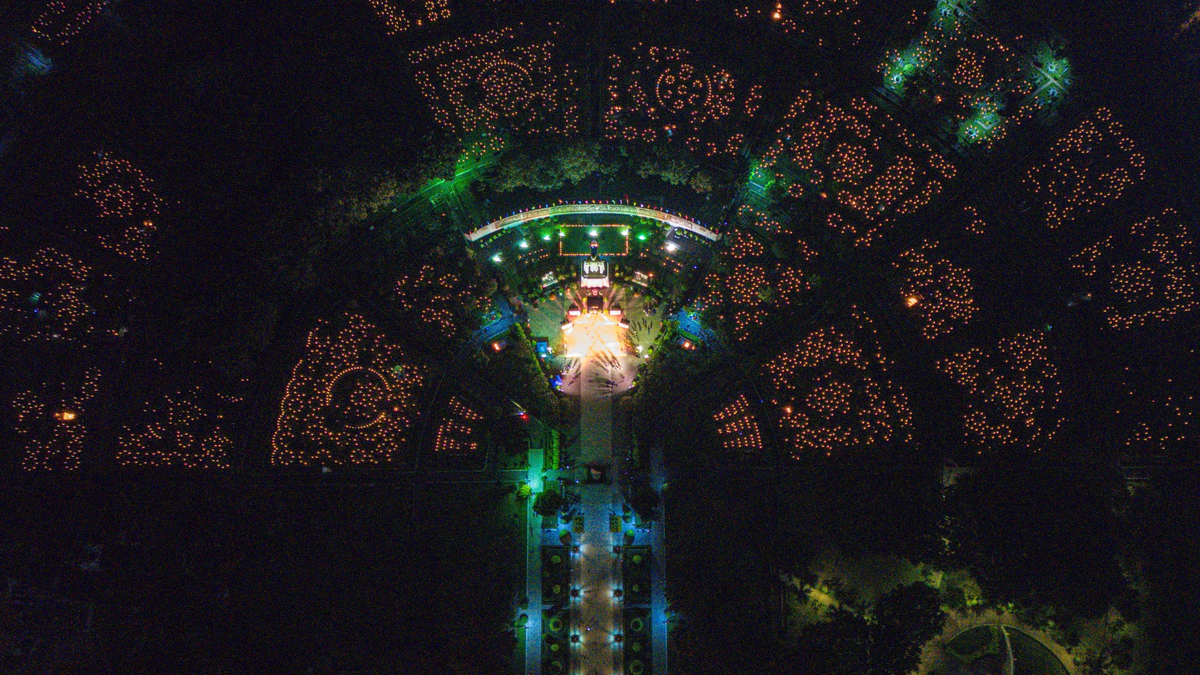




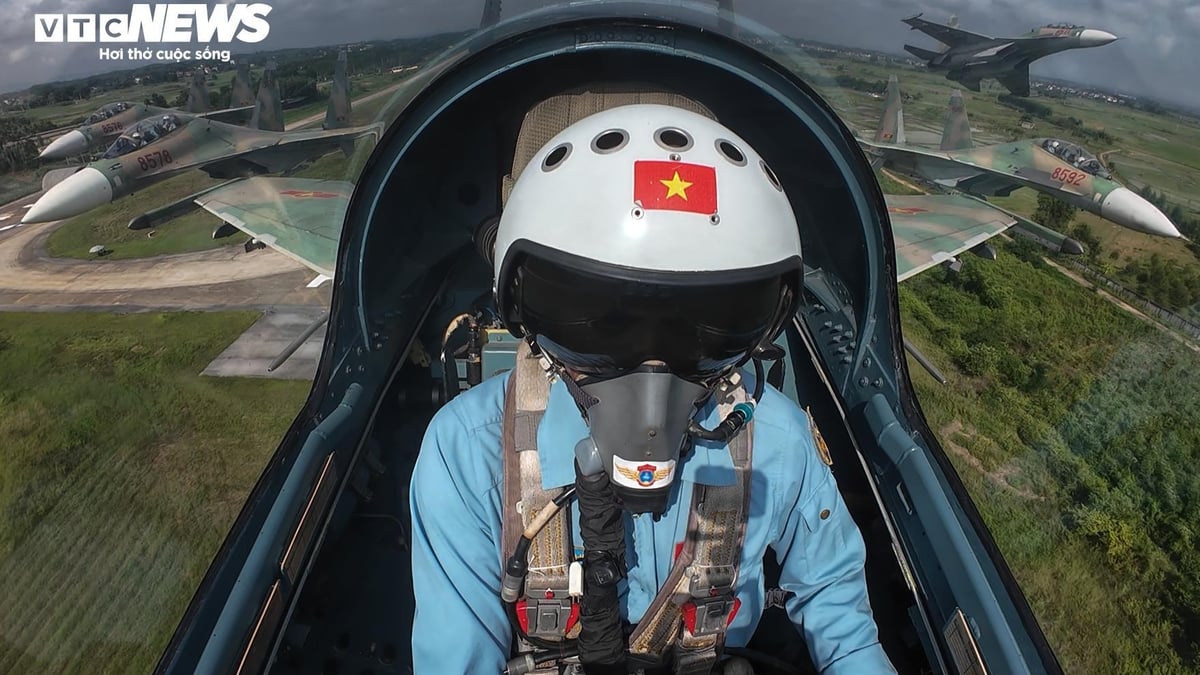
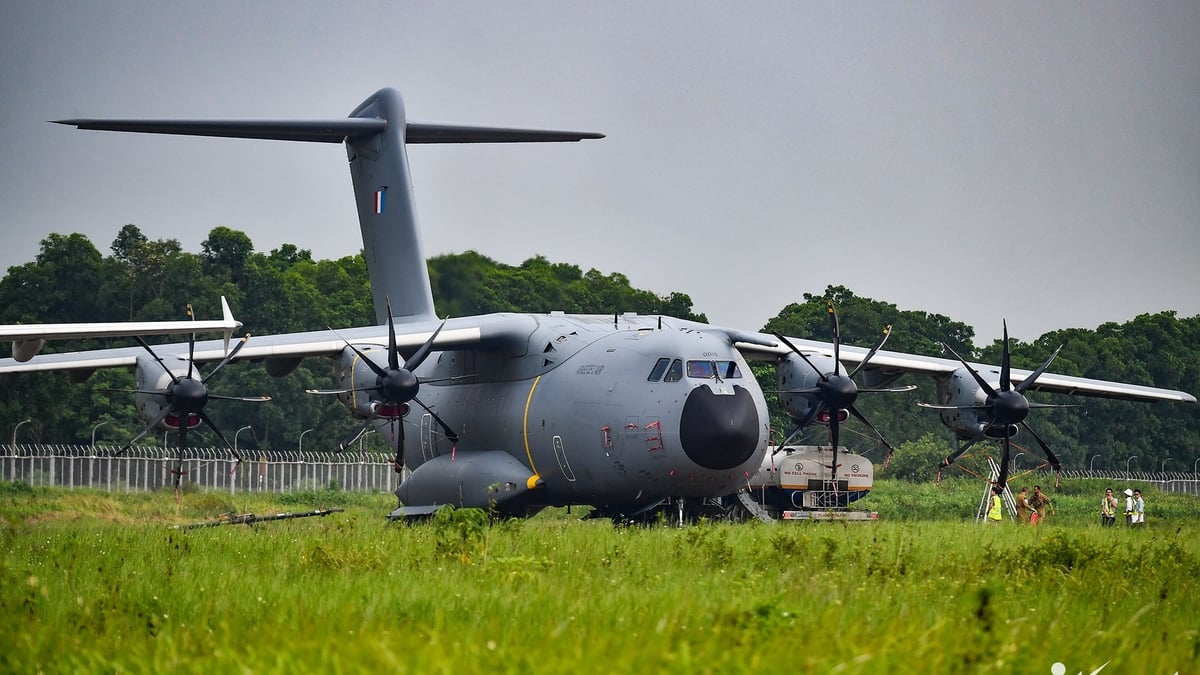


























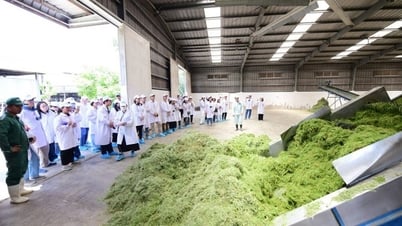






![[Photo] National Assembly Chairman Tran Thanh Man receives Chairman of Morocco-Vietnam Friendship Association](https://vphoto.vietnam.vn/thumb/402x226/vietnam/resource/IMAGE/2025/7/26/b5fb486562044db9a5e95efb6dc6a263)



































Comment (0)